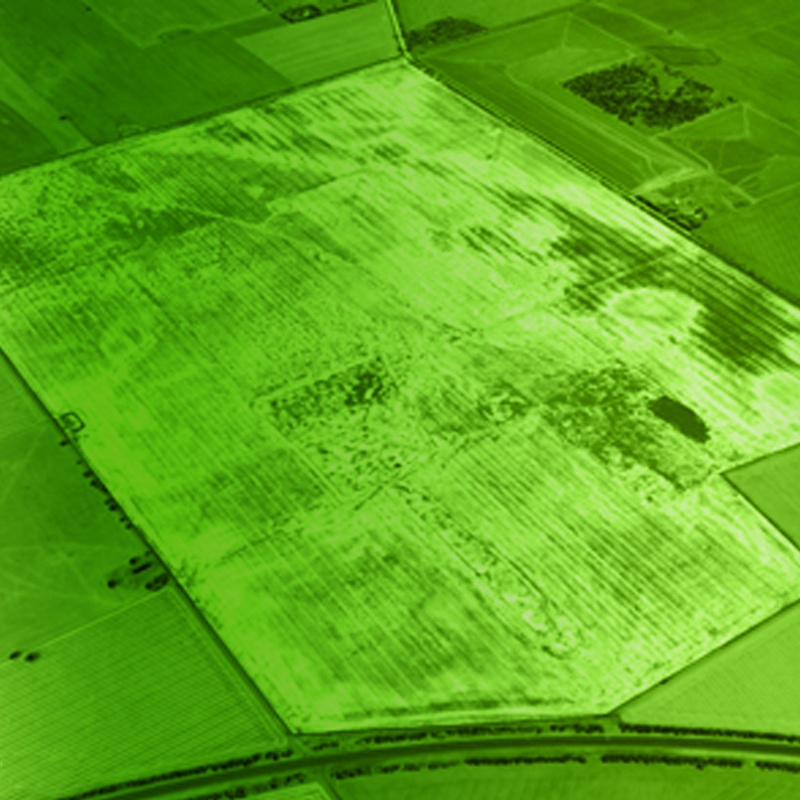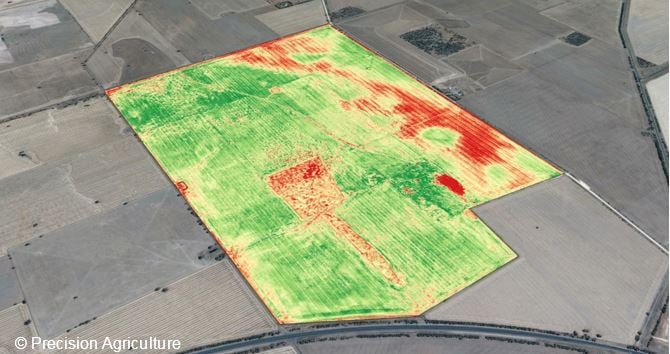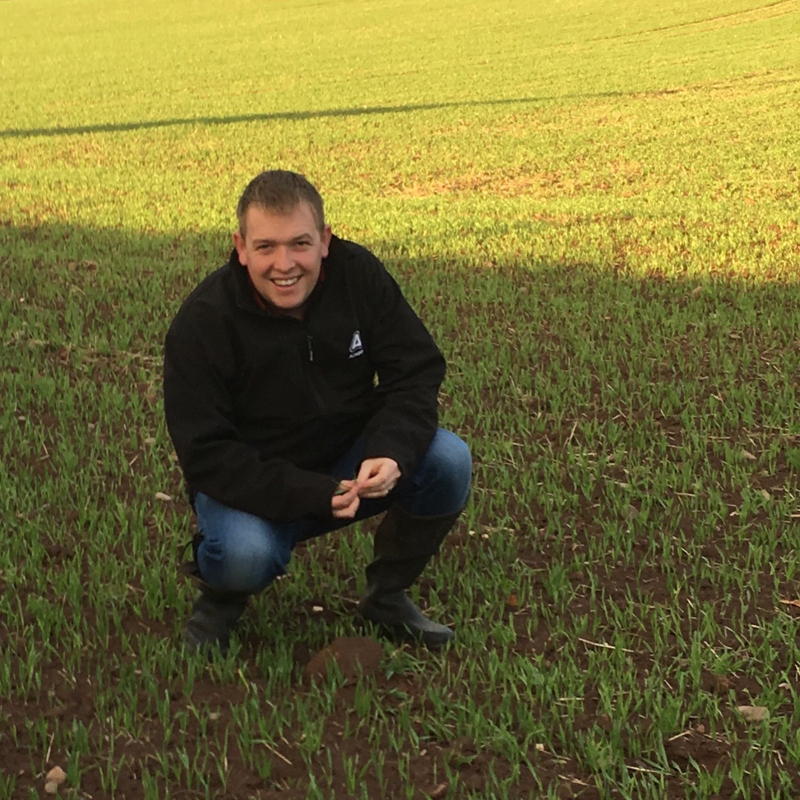2018 - The value of accurate weed mapping

The ability to deal effectively and efficiently with weed pressures is reliant on knowing exactly where problems present themselves and to what extent. Good record keeping is therefore essential for the development of an effective crop protection strategy.
Broadleaved weed seeds are more persistent in the soil than grassweeds: black-grass, brome, ryegrass and wild-oat seeds will remain viable for approximately 4 years (e.g. black-grass seeds decline in viability by approximately 80% after 4 years).
In contrast, broadleaved weed seeds can remain viable for more than 10 years, with some, such as poppy seed, able to survive in a dormant state for as long as 70 to 80 years.
Broadleaved weed seedlings typically emerge from within the top 3 cm of the soil profile, but the depth of emergence depends on seed size and soil structure.
Accurate weed mapping is crucial to help identify distribution and density within a field. For grassweeds, walking fields and mapping species and poor yield areas with a handbook or GPS will allow better targeted patch-spraying. Additionally, this allows early recognition of areas where weed resistance might be starting.

During late May and in to June it is often all too easy to spot areas of fields where the control of black-grass has been lower than hoped for. It is vital these areas are mapped accurately, to help with shaping future control strategies.
This approach is even more important where brome species are becoming a problem, as correct identification of the different species will help with fundamental choices about post-harvest cultivations.
The five main species of brome causing problems in UK arable cropping are:
Anisantha species:
Sterile (barren) brome Anisantha sterilis
Great brome Anisantha diandrus
Serrafalcus species:
Meadow brome Bromus commutatus
Soft brome Bromus hordeaceus
Rye brome Bromus secalinus
When planning post-harvest cultivations, sterile brome and great brome (Anisantha species) can be grouped together, and meadow, soft and rye brome (Serrafalcus species) can be considered together.
For the Anisantha species, early cultivations are recommended, as exposure to light induces seed dormancy, potentially prolonging the problem. Conversely, for the Serrafalcus brome species, shed seed should be left on the soil surface for as long as possible (4 weeks) as burial induces seed dormancy in these species.
It can sometimes be difficult to confidently identify brome species at the vegetative growth stages, so the opportunity to examine mature plants before harvest should be taken. When the seed panicles are fully formed is therefore an ideal time to identify which brome species are occurring in specific fields.
Dr Stephen Moss and Rothamsted Research have published a very useful guide to brome identification. It is available to download from the Croprotect website.
No herbicide resistance in brome species in the UK has been reported to date, but reports of poorer control have been increasing. Accurately identifying brome species is important, as the activity of the most commonly used herbicides does vary across species, with great brome needing the most comprehensive approach.
Growers concerned about possible herbicide resistance in their brome species should make use of resistance testing. For 2018, ADAS are offering free resistance testing of brome seed samples.
With all this information to hand, growers can be better equipped to make more informed crop protection decisions, thereby ensuring key active ingredients are only ever applied at the right time and thus reducing the risk of these chemicals being lost from the crop protection armoury due to regulatory pressures.
 United Kingdom
United Kingdom Select country
Select country



